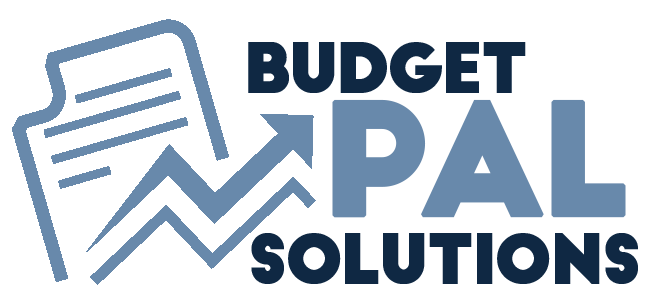Saving money can often feel like an uphill battle, especially when unexpected expenses arise, or lifestyle choices come into play. However, many individuals unknowingly engage in habits that hinder their savings progress. Here are six surprising signs that you might be sabotaging your own savings goals.
You Skip Budgeting Entirely
Many people believe that if they have a steady income, budgeting isn’t necessary. However, neglecting to budget can lead to overspending and missed opportunities to save. Without a clear plan, it’s easy to lose track of where your money is going, making it difficult to reach your savings targets.
You Treat Savings as an Afterthought
If you only set aside money for savings after you’ve paid all your bills and expenses, you might be jeopardizing your financial goals. This approach often leads to insufficient savings, as what’s left over may be minimal. Treat savings as a priority by automating contributions to your savings account each month.
You Indulge in Lifestyle Inflation
As your income increases, it’s tempting to upgrade your lifestyle by spending more on luxuries. This lifestyle inflation can severely hinder your savings potential. Recognizing and resisting the urge to inflate your spending habits can help you allocate more funds toward your savings.
You Avoid Monitoring Your Spending Habits
Ignoring your spending habits can create a disconnect between your financial goals and reality. Without regular monitoring, it’s easy to overlook small expenditures that add up over time. Keeping track of your spending can provide insight into areas where you can cut back and increase savings.
You Rely Too Heavily on Credit
Using credit cards for everyday purchases can lead to a cycle of debt that hampers your ability to save. If you’re consistently relying on credit for necessary expenses, it’s time to reassess your spending habits. Prioritizing cash or debit transactions can help you stay within budget and save more effectively.
You Don’t Set Specific Savings Goals
Vague goals like “I want to save more money” lack the focus needed to drive action. Without specific, measurable objectives, it’s easy to lose motivation. Establishing clear savings goals, such as saving for a vacation or building an emergency fund, provides a roadmap for your savings journey.
Conclusion
Recognizing these surprising signs is the first step toward taking control of your savings goals. By addressing these habits, you can develop a more effective savings strategy and make meaningful progress toward your financial objectives. Start today by evaluating your behaviors and making the necessary adjustments to achieve financial success!

